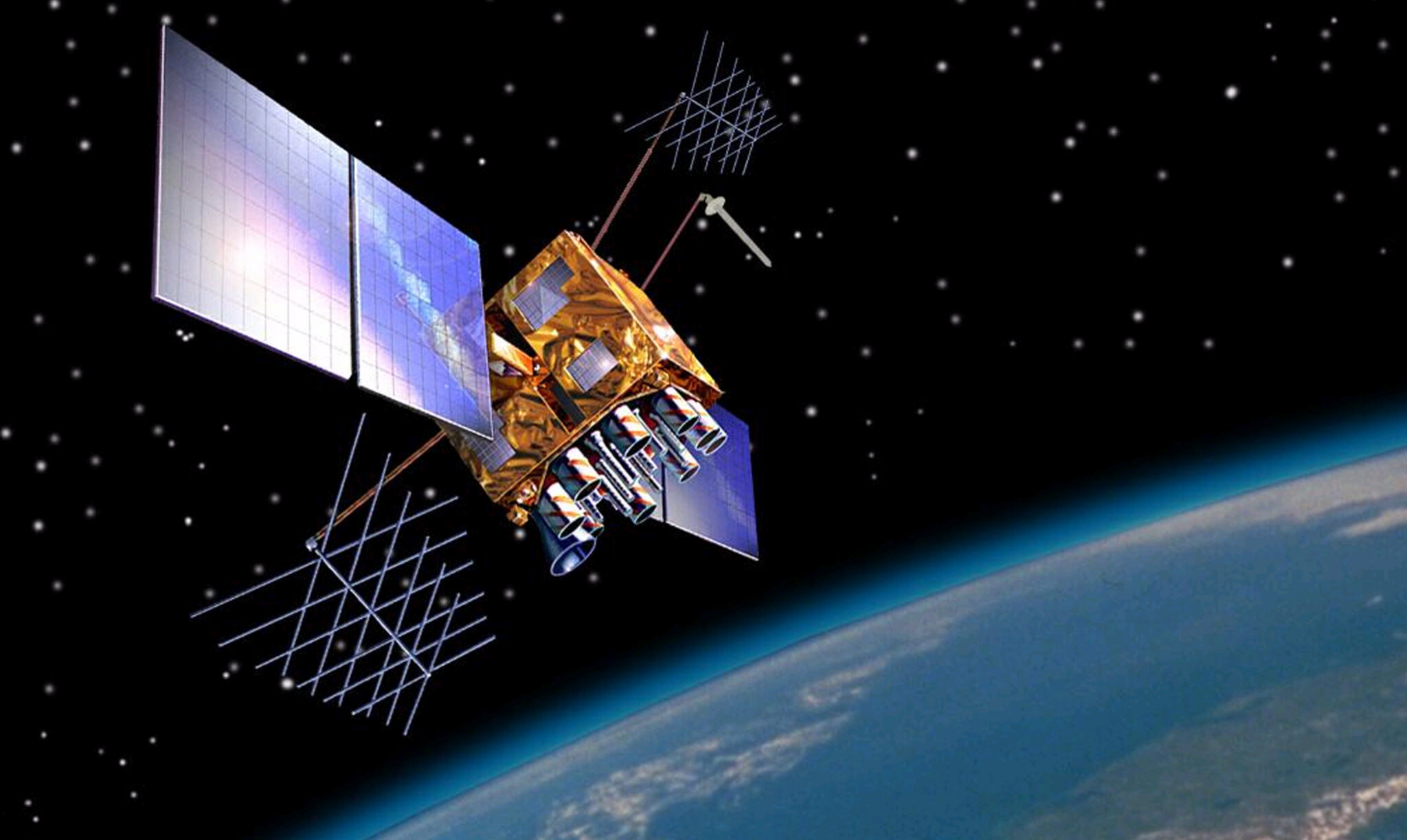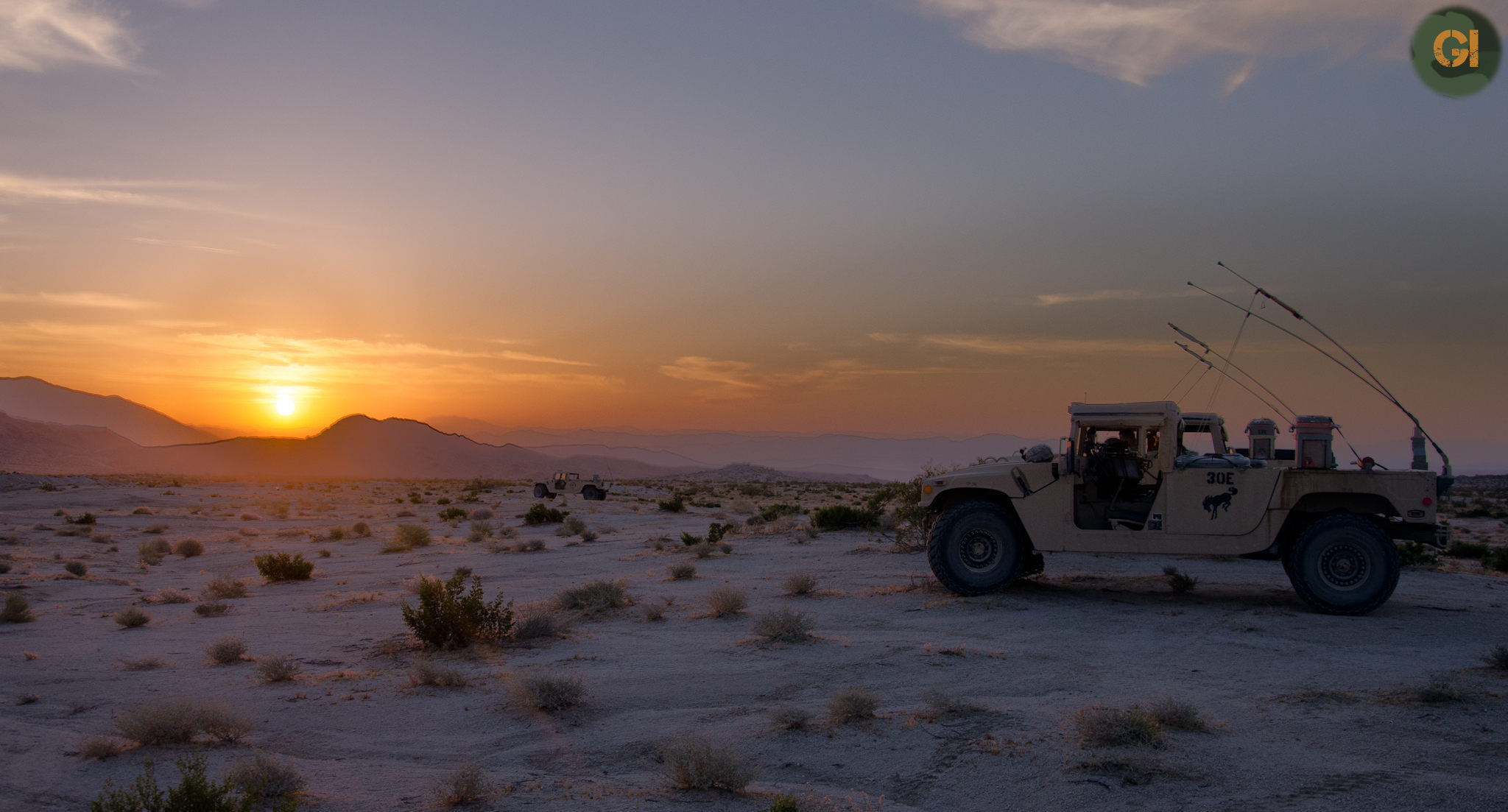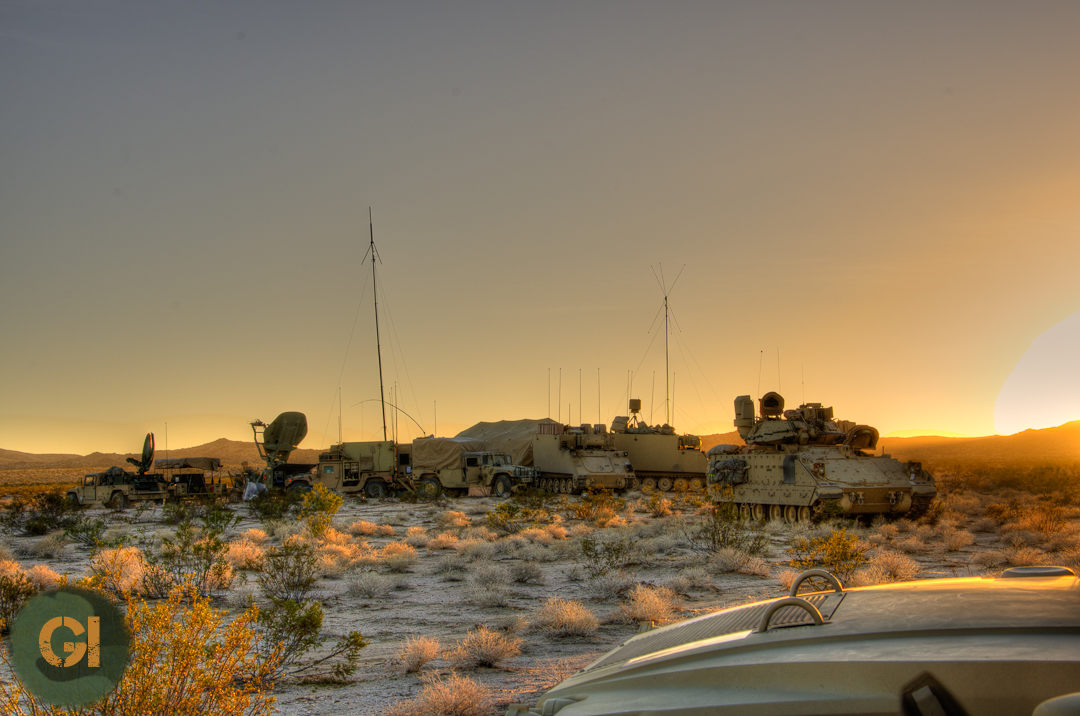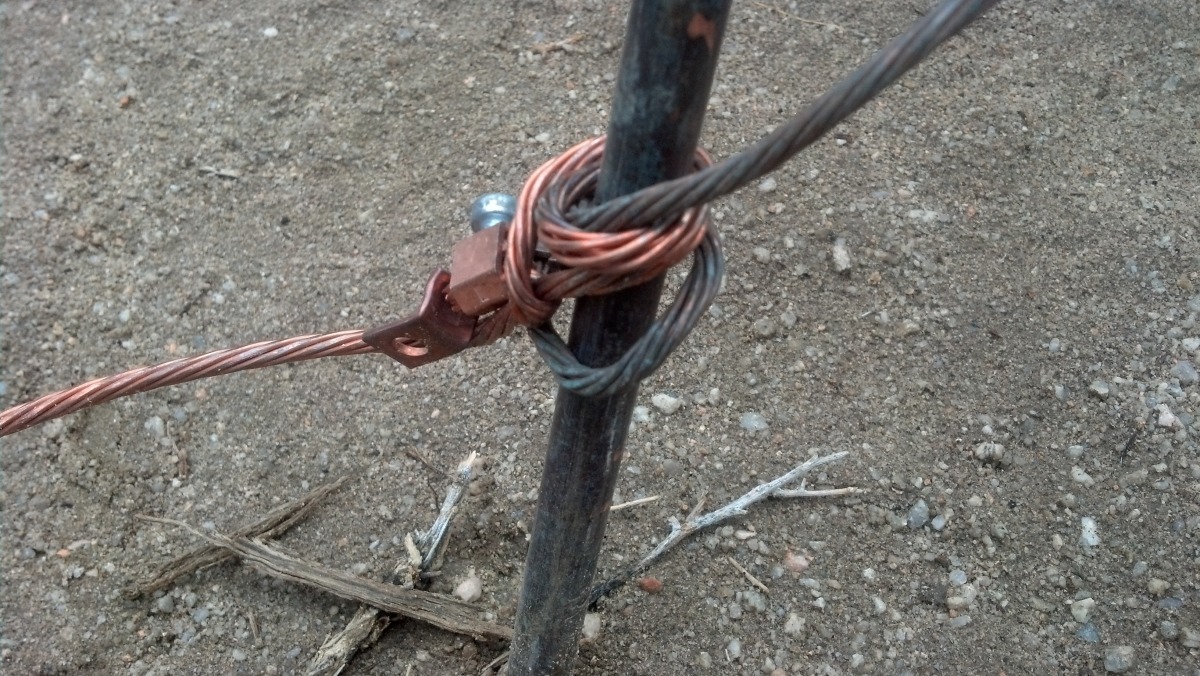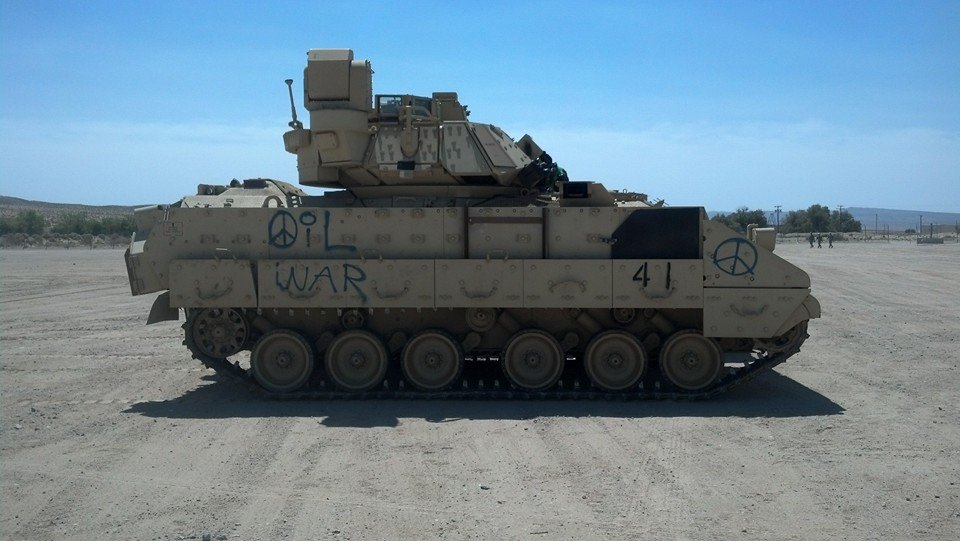As anyone who has spent more than an hour or two driving around the box at NTC knows, it can be pretty damn easy to get lost in the desert, especially at night under blackout conditions. After 3.5 years there, I got pretty good at knowing my way around the box but during each rotation there was always at least one or two times where I would get turned around and have no idea where the hell I was
Reflections from the NTC
In the 3 years, 4 months and 1 day since I arrived on Fort Irwin to being my job as the senior NETOPS trainer I can say that my perspective today compared to then has changed significantly. During that time I have worked on 26 rotations with 24 BCTs (2 of them twice), 21 Net Techs (3 of them twice) and way more signal Soldiers than I could possibly count. What follows are a number of final thoughts as I finish my time at the NTC.
How to do well on the NTC Checklist
This morning I was at the gym working out when I got a phone call from a longtime friend of mine who is currently working on the FORSCOM MCAT team. He was out visiting a unit and had a question, one that I hear pretty frequently…. “Will you gig the unit if they do/don’t do …..” This is a question that I seriously get asked at least once every time I talk to a new unit. My short answer is “No.”
Air in the Fuel Line
Just a quick post today. I didn’t include it in my NTC trends (although I probably should have) but something so incredibly easy to fix and yet I have seen it happen probably almost every single rotation (and in fairness, it happens probably once a rotation for my teams command post too)…..Getting air in the fuel line (aka…running out of gas).
What to do with a TAC JNN
The standard BCT is issued two JNNs normally designated to support the BDE Main and the TAC however many units have found that this may not be the best way to actually employ these systems. One sign of a true Net Tech in my opinion is someone who is able to examine their assets and design a network that makes sense, not one that the Army prescribed.
Why we Ground to the Ground
Grounding is something that every signal Soldier should be familiar with. I would hazard to say that, we have all heard of it, all acknowledge the fact that it is an import step during the setup of any signal system (it is hard to find a technical manual for a piece of equipment with a power plug that doesn’t mention grounding at least once) but few people understand why we need to do it and even fewer know how to do it properly.
How to Arrive to the Middle of Nowhere
It is my desire not to write about things that apply specifically to rotations here at NTC but instead to focus on bigger problems that affect a unit no matter where they go. While this problem is likely a bigger problem, I am going to write about how it specifically affects units as they move through NTC; how do we get our stuff from there to here and what do we need to consider?
Trends from the National Training Center Part 6 – Network Security
Our networks play a vital part in allowing the units we support to communicate which enables to commander to “impose his will on the enemy” (a my boss likes to always say). But if the network is not secure it can easily be used against us. This is part six of a series of posts concerning the network trends that I regularly see here at the National Training Center as units pass through on rotation.
Trends from the National Training Center Part 5 – HCLOS
The high capacity line-of-sight (HCLOS) radio provides a high bandwidth low latency link between two nodes in the WIN-T network. It can greatly expand the capabilities of the BCT’s network but must be deliberately planned. This is part five of a series of posts concerning the network trends that I regularly see here at the National Training Center as units pass through on rotation.
Trends from the National Training Center Part 4- Signal Maintenance
The Brigade S6 is responsible for providing the overall communications plan for the BCT. In order to accomplish that mission, they must continually know the status of all systems that support that mission to include JNNs, CPNs, and STTs along with their support equipment (generators). This is part four of a series of posts concerning the network trends that I regularly see here at the National Training Center as units pass through on rotation.

